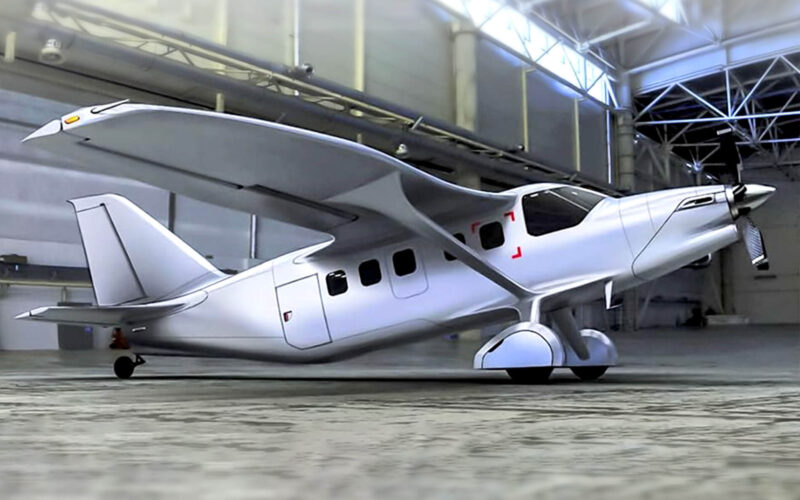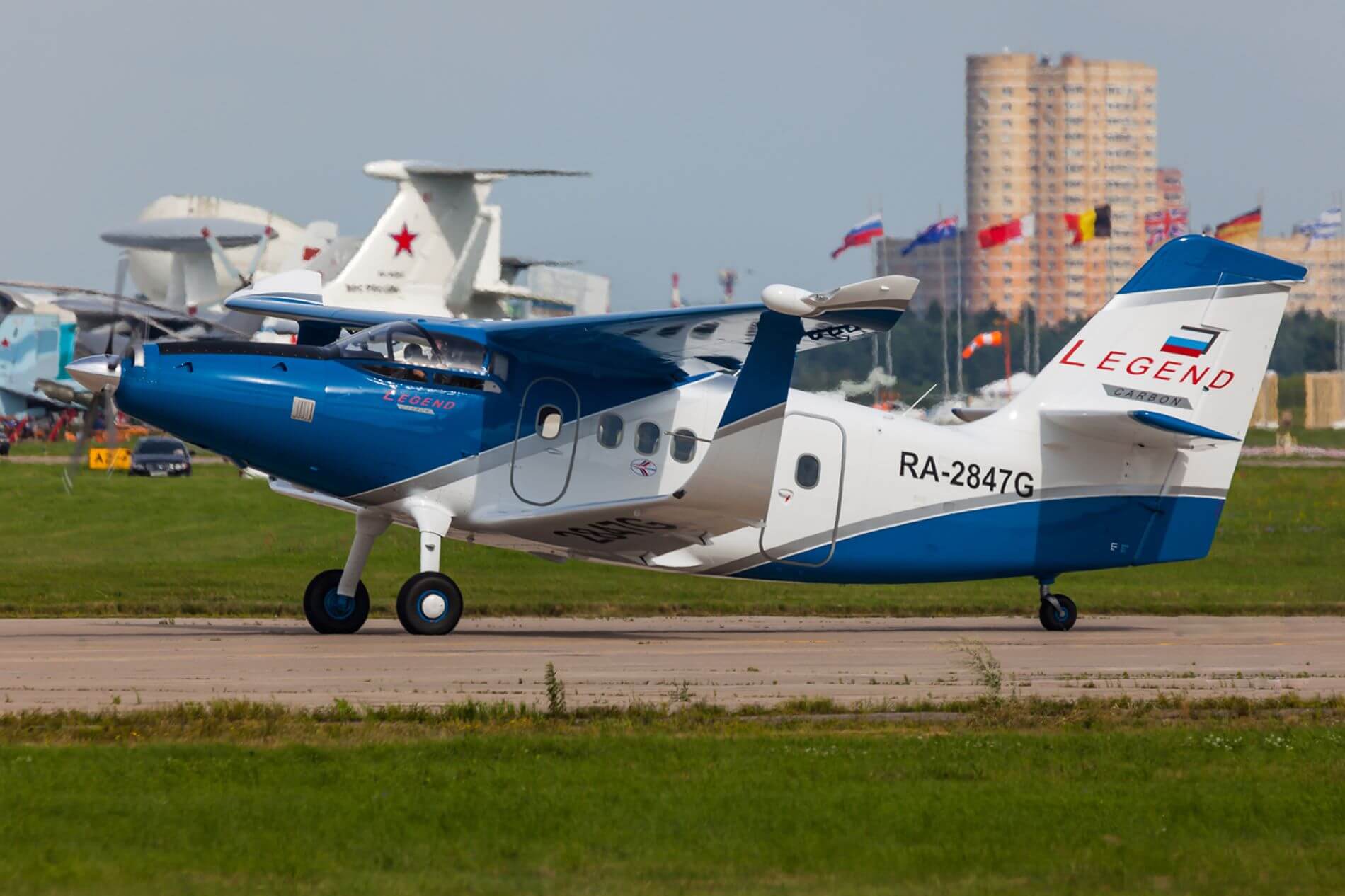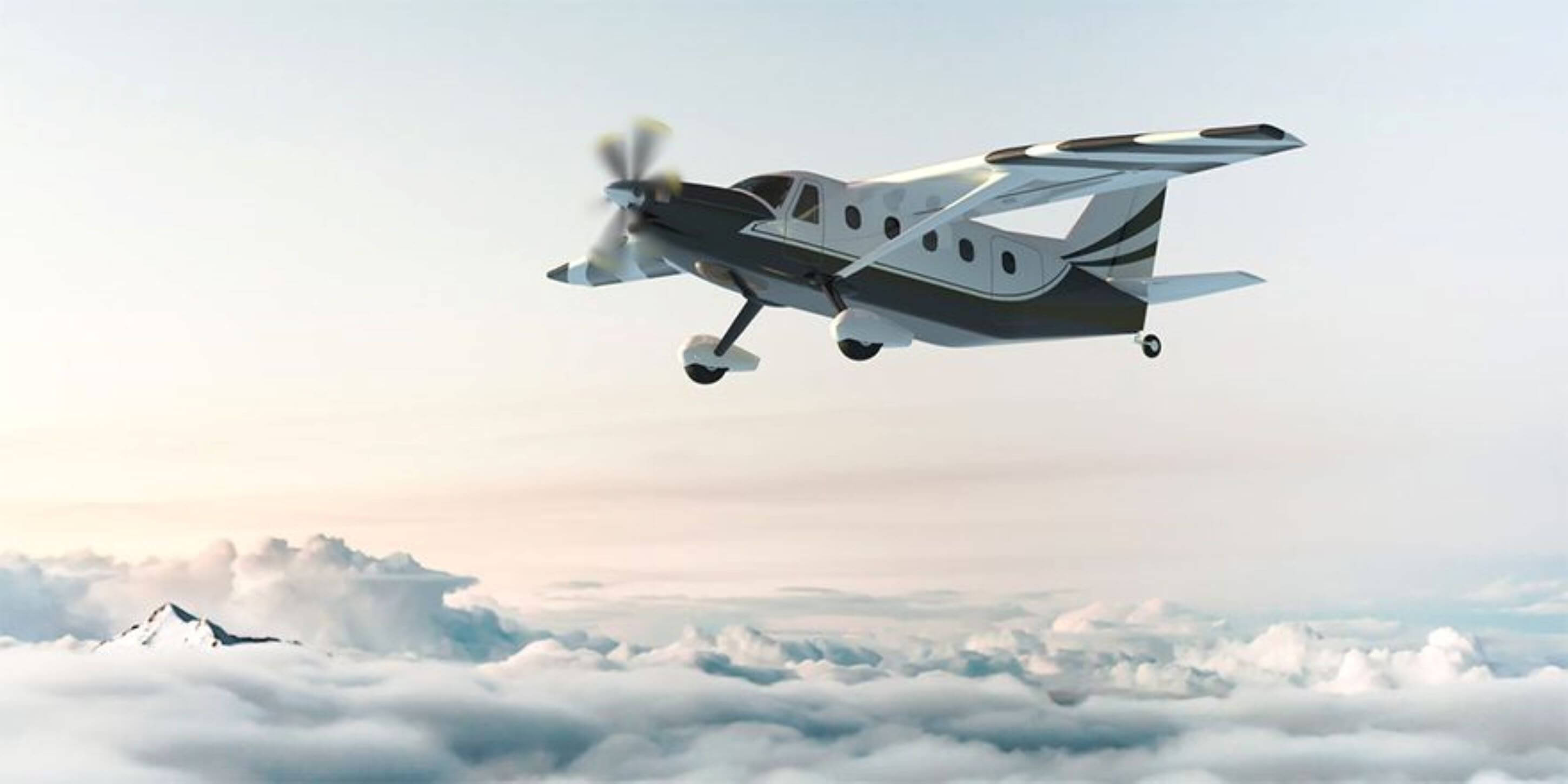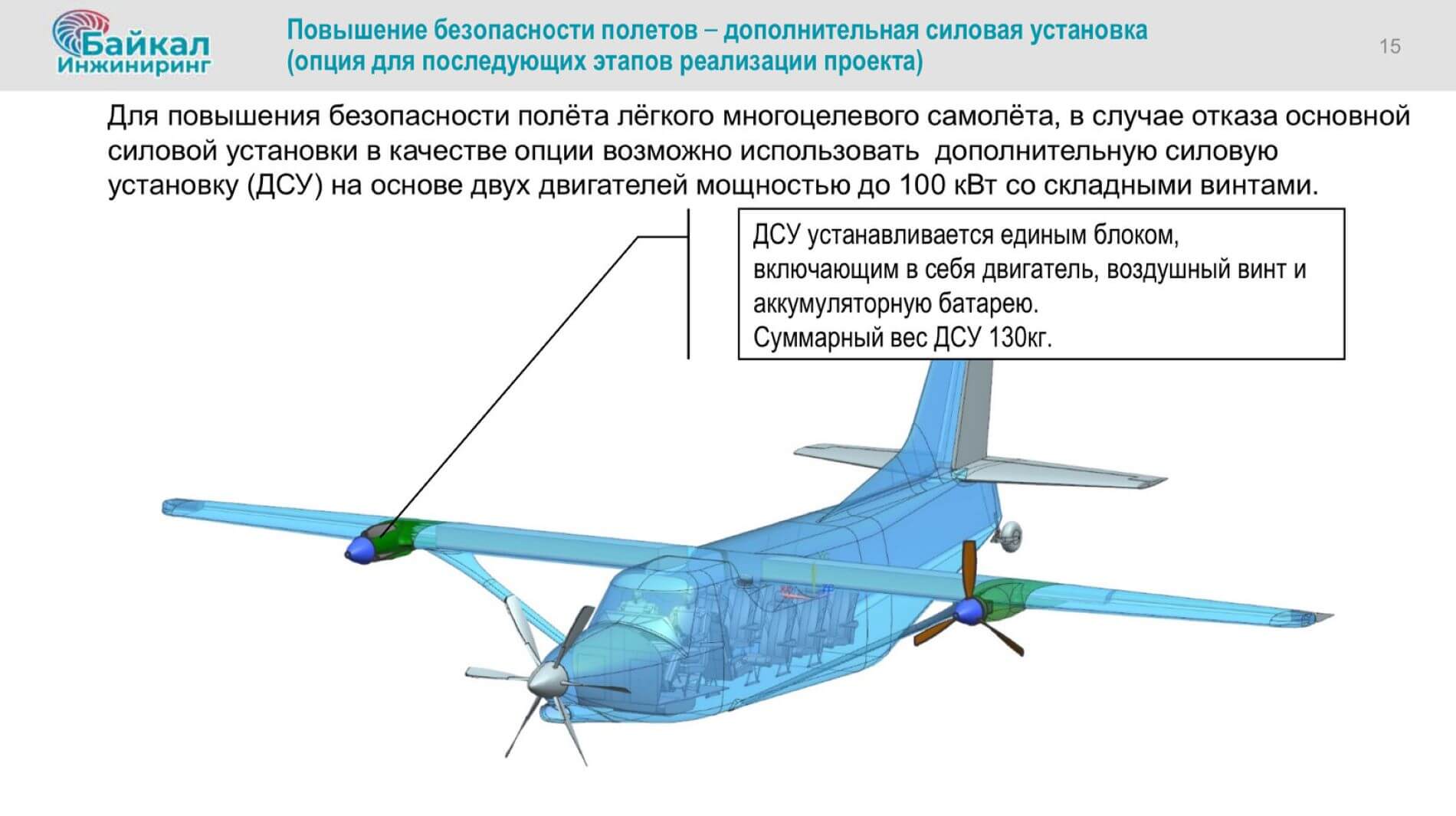Attempts to replace Russian utility plane Antonov An-2 were failing since the 70s, but the new LMS-901 Baikal seems to be on its way to success.
By 2017, 90% of small aviation needs in Russia were fulfilled by Antonov An-2 Colt, a single-engine biplane from the 40s. Hundreds of them remain in active service despite the production being mostly stopped in 1971.
It was the perfect Siberian bush plane: with practically non-existent stall speed and extreme ruggedness, it often was the only available means to transport passengers and cargo to remote locations with short, unpaved runways.
The works on an upgraded model, the An-3, started and stopped numerous times in the 70s and 80s. The plane had to retain many features of its predecessor, but get a new turboprop engine. Problems with its development sank the whole project, which got completed only in the 2000s, and never became popular due to high cost and international tensions.
Various attempts to reengine existing An-2s gained more popularity, but the procedure was just as costly. The airframes – many of them over 40 years old – were causing their own problems, usually due to poor maintenance, which was a cause of many accidents.
There quite definitely was a need for a full-fledged successor that would combine all the features of the Colt with a low cost and accessibility. And the plane had to be developed fast: in 2017, Russian State Research Institute of Civil Aviation predicted that almost 90% of existing An-2s would no longer be airworthy by 2023.
The composite biplane
The new plane was showcased at MAKS 2017 airshow. It was designed by Chaplygin Siberian Scientific Research Institute Of Aviation (SibNIA) and called the TVS-2DTS. A lengthy designation was temporary and the plane was marketed under the name Baikal.
A rather futuristic-looking aircraft retained the size and overall shape of the An-2, while significantly improving on predecessor’s characteristics with smaller empty weight, larger maximum takeoff weight and higher speed.
The improvements were achieved with the help of a new variant of the ubiquitous Honeywell TPE331 engine and the most important innovation – fully composite construction. Both of those features gave the plane impressive characteristics, but they also caused its demise.
SibNIA TVS-2MS (Image: Alex Snow / Wikipedia)
First, it was quite clear that both due to sanctions the United States imposed on Russia and Russian trend to avoid foreign-made components, there was no chance to use American engines. Some kind of domestically-made power plant had to be installed, but that would require to significantly redesign the airframe, which would mean a new round of testing.
The airframe contained foreign-made components too, and replacing them would increase the weight of the aircraft. All the changes would mean that the final product could have difficulties reaching required characteristics, resulting in an airplane that would not be able to fully replace the An-2 on all routes.
These were not even the biggest problems. Many routes the Colt served were in the Russian north, where extreme environmental conditions are a common occurrence. Composite materials did not perform well in sub-zero temperatures; the airframe required storage in heated hangars, which many regional operators could not provide, and necessitated regular costly checks for micro fractures.
Many potential customers voiced their concerns in the early 2020, saying that they would be unable to operate the new plane. Although SibNIA officially apologized for not taking the problem into account earlier, the scandal was of high enough profile to attract Vladimir Putin’s attention and urges to “solve it”.
Another solution
Mass production of the TVS-2DTS was supposed to begin in 2019. As the date got pushed to 2021 without any clear goals being achieved, rumors started to circulate that Baikal got shelved.
The reasons for that initially were unclear, but even before the aforementioned official announcement, in the mid-2019, the Russian Ministry of Industry and Trade invited aeronautical firms to offer their proposals for a new lightweight utility aircraft.
The competition was won by Baikal-Engineering, a subsidiary of Ural Aircraft Factory, which was mostly working with licensed foreign designs.
Its proposal was designated as LMS-901 and got the same widely-circulated name – Baikal – despite having nothing in common with the previously showcased composite biplane.
(Image: Aviation21.ru)
The new Baikal is a high-wing monoplane of an aluminum airframe, smaller and almost twice lighter than the An-2. The prototype, which is supposed to take off for the first time in the first half of 2021, will be powered by the General Electric H80-200 and have a number of foreign-made components for the sake of the speed of development. Upon the start of mass production, most of them are planned to be changed into domestically-produced alternatives – the same procedure is now happening with the SSJ-100.
According to the manufacturer, the finished plane will cost less than 120 million rubles ($1.6 million). On the one hand, it was approximately the price of the An-3 when it was produced and such a price was deemed way too high. On the other hand, inflation and a better economy have to be factored in. Also, many regional airlines simply do not have an alternative.
Unusual features
The new Baikal is not as exotic looking as the previous attempt, but it has a lot of points of interest nonetheless.
Its speed and range are supposed to be much greater than the An-2’s: 300 km/h vs 190 km/h and 3000 km vs 1000 km, respectively. With just marginally higher landing speed (95 km/h vs An-2’s nominal 80 km/h) it would constitute a significant improvement for Siberian pilots, but there are problems too.
Being much lighter and smaller, its cramped cabin would be less lucrative for airlines. The standard configuration is designed for 9 passengers, while the An-2 normally had seats for 12 and often carried more. The problem could be partially offset by larger cargo capacity, facilitated by easier loading through larger doors.
Another problem are safety requirements imposed on single-engine airplanes. Having to always be within a gliding distance of a place suitable for landing, Baikal could be difficult to design routes around. The manufacturer has offered an inventive solution for that: optional electric engines, either in the wings (turning the plane into a tri-motor) or hooked up to the main propeller.
Image: Baikal-Engineering
While the design is not even finalized, a number of Russian regional airlines have announced intentions to purchase over 200 Baikals in total, as of late 2020. In late November 2020, the plane completed wind tunnel testing and it is likely that the first prototype is going to be assembled soon.
With all the political and commercial backing, it is very likely the new project will bear at least some fruits. Even if some deadlines are going to be delayed – as it often happens – we might see the new Baikal replacing old Colts within several years.




